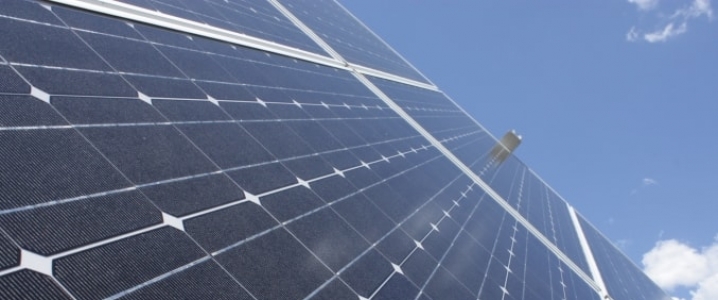Power generation from renewable energy sources is set to exceed fossil fuel-powered generation in the UK this year, for the first time ever, energy think tank Ember said in a new report.
This year, wind, solar, and hydropower are expected to generate a combined 37% of UK electricity, compared to 35% from fossil fuels, said Ember, which based its analysis on actual electricity generation data and forecasts for the rest of the year.
Three years ago, in 2021, fossil fuels generated 46% of UK electricity, while low-carbon renewables, as Ember classifies wind, solar, and hydropower, generated 27%.
Also this year, “wind power is well on its way to overtaking gas as the largest single power source, although with only 1% difference in generation forecasts it is too close to call in 2024,” Ember said.
“This long-awaited milestone is a testament to how much progress the UK has made,” said Frankie Mayo, Senior Energy & Climate Analyst – UK, at Ember.
Over the past years, the share of fossil fuels in UK power generation has dropped with the phase-out of coal-fired power plants, while renewables have surged, mostly thanks to offshore wind capacity installations.
In September 2024, the UK shut down its last coal power plant, the first G7 country to do so.
Even if wind manages to exceed natural gas in power generation for the full-year 2024, the UK will struggle to have a clean power grid by 2030, as the ruling Labour party had pledged earlier this year.
Last week, Prime Minister Keir Starmer said that the UK would aim for 95% clean power by 2030, down from a Labour party pledge of “zero carbon electricity” by the end of the decade.
While Britain has made progress in recent years in decarbonizing the grid and boosting the share of renewables in the power mix to a record high, it still uses a lot of natural gas for electricity generation, home heating, and boilers.
Last month, the National Energy System Operator (NESO), warned in a report that Britain’s transition to a low-carbon energy system is fraught with challenges, including the need for massive investments in transmission and demand pattern changes.
By Tsvetana Paraskova for Oilprice.com

